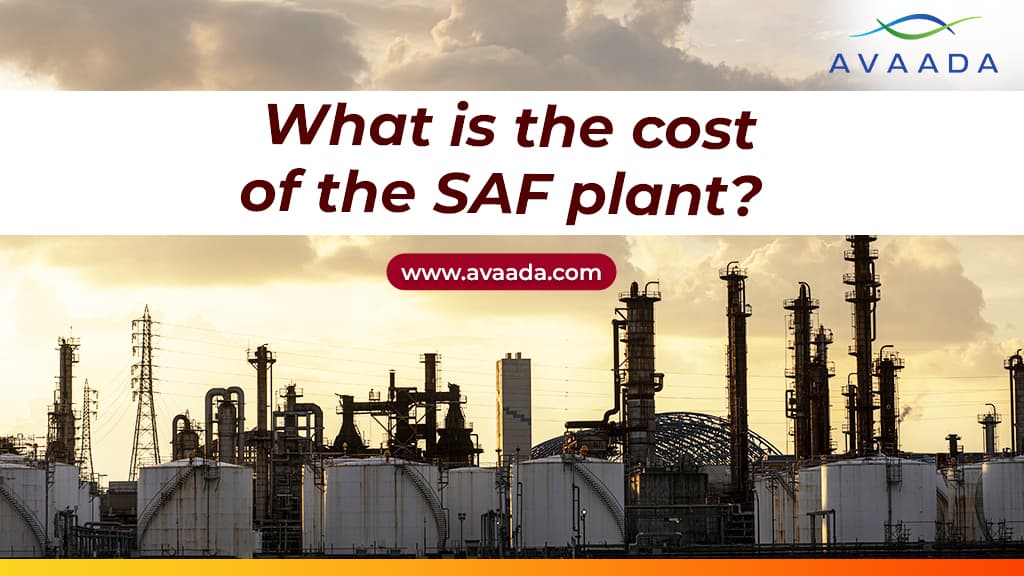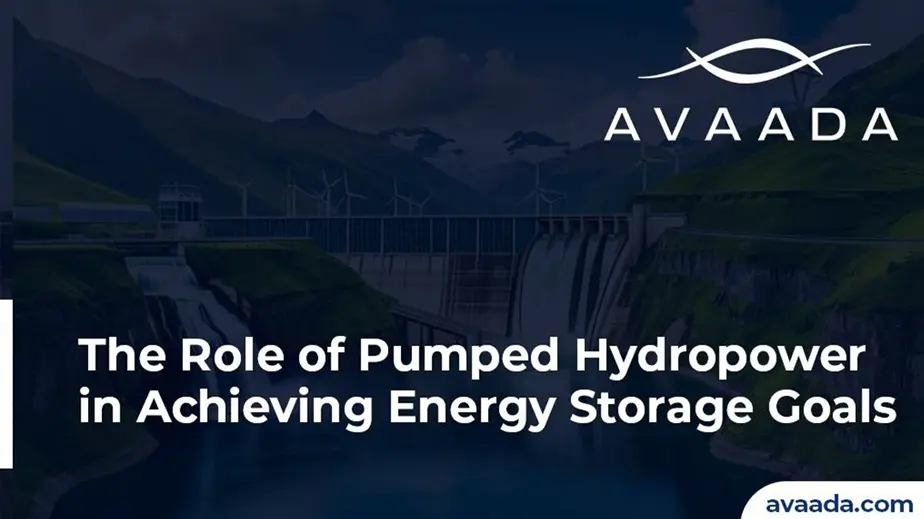The aviation industry is working to reduce carbon emissions and meet the challenges of achieving net zero. As demand has grown, so has the emergence of Sustainable Aviation Fuel as a solution. Though India’s aviation industry is rapidly expanding, there is growing interest in establishing development facilities to produce SAF.
This type of plant is highly capital-intensive because the SAF manufacturing process is complex and requires critical infrastructure. Let us now consider some probable costs of establishing and factors determining investment in SAF production in India.
Estimated Costs of Production of SAF in India
This huge capital depends upon the scale of the plant, the technology used, and the availability of feedstock for a full-scale SAF plant in India. According to the report by Deloitte, officially prepared, the capital investment needed for 810 million tonnes a year in 2040 would be almost INR 67 lakh crore or $7085 billion across all facilities. These would feature the construction of the production plant and infrastructure for a feedstock supply chain and refining process.
Cost Breakdown
Key aspects of the investment cost for a SAF production plant include the following:
1) Infrastructure Development:
The costs of building physical plants, storage facilities, and feedstock with logistics networks connected to fuel distribution; investment in the advanced technology of a SAF facility with high-end feedstock processing and refinery can run to several hundred million dollars.
2)Feedstock Supply Chain:
Feedstock supply is the component that largely contributes to the production cost of SAF. Some of these potential feedstocks are agricultural residue, used cooking oil, and industrial or municipal waste products. Engagement with local suppliers in coordination with developing collection networks of these feedstocks is an essential part of the investment.
3)Technology and Equipment:
Typical SAF productions involve significant levels of technology such as Fischer-Tropsch synthesis, hydroprocessed esters and fatty acids, or alcohol-to-jet processes. The equipment investment cost is largely comprised of the high acquisition and maintenance prices of this specialized equipment.
4)R&D:
Further R&D is needed to attain efficiency in production and bring down costs. Another major move that India has undertaken is engaging the public sector. BPCL and HPCL, all state-owned oil firms, also propose investing in the SAF manufacturing plant. In every refinery, hundreds of millions of dollars in capital spending will depend on scale and location.
Check out our detailed guide on Understanding Battery Energy Storage Systems (BESS), which covers how these systems work and their critical role in renewable energy.
What Makes SAF Costs in India Vary?
Availability and cost of feedstock determine the SAF cost on a feedstock basis. The feedstocks are more conveniently available in India than anywhere else. This varies according to supply, quality, and logistics.
It is also possible to upgrade the processing technology for SAF production step by step with reduced cost. More efficient conversion processes, as well as ways of using diverse feedstocks, could maximize capital and operational costs.
Support from the Indian government, in the form of subsidies, tax incentives, and regulatory frameworks, also determines the total investment required for production at SAF plants. It is the policies encouraging the use of SAFs in aviation and boosting the economy that can further prod private sector investment.
The Future of the India SAF Production
Production of SAF would be an important part of this journey in the context of India focusing on the attainment of sustainable development goals and aspirations of energy independence. Capital investments into SAF facilities reduce carbon emissions directly in the aviation sector and also mirror the vision of an “Atma Nirbhar Bharat” or self-reliant India. Truly, India is going to emerge as one of the leading sources of SAF in the world in the near future.
Conclusion
Indeed, a SAF plant in India would run into hundreds of millions to a few billion dollars, depending on scale and location. Costly to build, though expensive in the short term, it will pay back in the long run, as it will reduce aviation emissions and help create a better future for generations to come. With the support of the Government and rapid technological innovation, India can build a strong SAF industry both for domestic needs and international requirements.
Investment in the production of SAF is a step towards net zero aviation emissions by 2050 while providing an impetus for development through a green energy sector.









